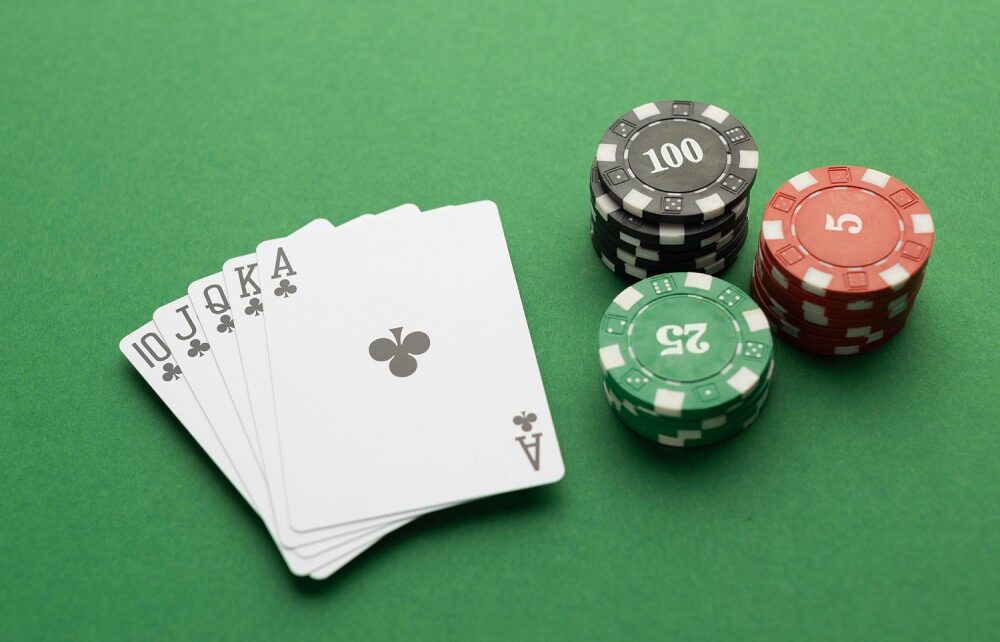Mastering the art of bet sizing is essential for success in poker tournaments. Skilled players can influence their opponents’ decisions by adjusting their bets strategically. By making calculated adjustments based on various factors, players can increase their profits. Understanding bet sizing involves a combination of precision and psychology, which can lead to victory at the poker table.
Importance of Bet Sizing in Poker
Bet sizing plays a significant role in poker strategy, influencing the outcomes of hands at the table. Effective bet sizing allows players to optimize their winnings, protect their hands, and influence opponents’ decisions. Inadequate bet sizes may offer opponents favorable odds to call and improve their hands, while overly large bets can deter potential calls, reducing the value of strong hands.
Striking a balance in bet sizing is crucial for a successful poker approach. Adapting bet sizes based on game dynamics can provide an advantage over opponents and enhance the chances of winning in poker tournaments.
Factors Influencing Bet Size
In the context of poker tournaments, determining the optimal bet size involves considering several key factors. One crucial element is your stack size relative to the blinds, as this impacts the significance of your bets on your overall chip count. The tournament stage is also important in shaping your bet sizing strategy; in the early stages, smaller bets can help in preserving your stack, while later on, larger bets may be needed to apply pressure effectively.
Additionally, your table image and your opponents’ playing tendencies play a significant role. Adapting your bet size based on how you’re perceived at the table and how opponents typically respond to bets can provide a strategic advantage. It’s essential to blend these factors to make informed decisions when determining the most suitable bet size during a poker tournament.
Adjusting Bet Sizes for Position
Adapting bet sizes based on your position in a poker tournament is a strategic approach to enhance your overall gameplay. When seated in an early position, initiating the betting round, consider raising your bet sizes to exert pressure on opponents and enhance the pot’s size. This tactic aims to extract more value from strong hands and safeguard against potential redraws.
Conversely, when positioned in a late spot, having the advantage of acting last, smaller bet sizes can often suffice to see more community cards while conserving chips. By aligning your bet sizes with your position at the table, you can optimize your profitability and mitigate losses effectively during poker tournaments.
Bet Sizing Strategies for Bluffing
When engaging in bluffing strategies during a poker tournament, the sizing of your bets becomes a critical factor in deceiving your opponents effectively. Optimal bet sizing can influence how your opponents perceive the strength of your hand and ultimately determine the success of your bluff.
A common approach is to use smaller bet sizes when bluffing to entice opponents with weaker hands to call or potentially raise.
Conversely, employing larger bets can pressure opponents into folding, particularly when the community cards present a threatening scenario.
By strategically varying your bet sizes during bluffing attempts, you can keep your opponents uncertain and make it challenging for them to accurately interpret your moves. This element of unpredictability can significantly impact your opponents’ decision-making processes and enhance your chances of successfully executing bluffs in a poker tournament.
Mastering the art of bet sizing in bluffing can be a valuable skill in improving your overall performance in such contexts.
Balancing Bet Sizes for Value Hands
Once you have a solid understanding of bet sizing strategies for bluffing in poker tournaments, it becomes essential to also consider balancing bet sizes for value hands.
When holding strong hands, the goal is to maximize the value you extract from your opponents. Factors to consider include the size of the pot, the strength of your hand, and your opponent’s playing tendencies.
It’s important to avoid betting too small, as this can lead to missed opportunities for value. Conversely, overbetting runs the risk of scaring off weaker hands.
Striking a balance in your bet sizing can help keep your opponents uncertain and optimize your profits. Varying your bet sizes based on hand strength can prevent opponents from detecting patterns in your gameplay.
Ultimately, the key is to make strategically sound decisions that maximize profitability based on the specific circumstances of each hand.
Conclusion
Understanding the significance of bet sizing in poker tournaments is crucial for making informed decisions. It is essential to assess various factors such as stack sizes and opponents’ playing styles when determining the appropriate bet size. Adapting your bets strategically, whether for bluffing or value hands, can give you a competitive advantage during the tournament. By honing your bet sizing skills, you can navigate the game with confidence and enhance your chances of success. Best of luck at the tables!




